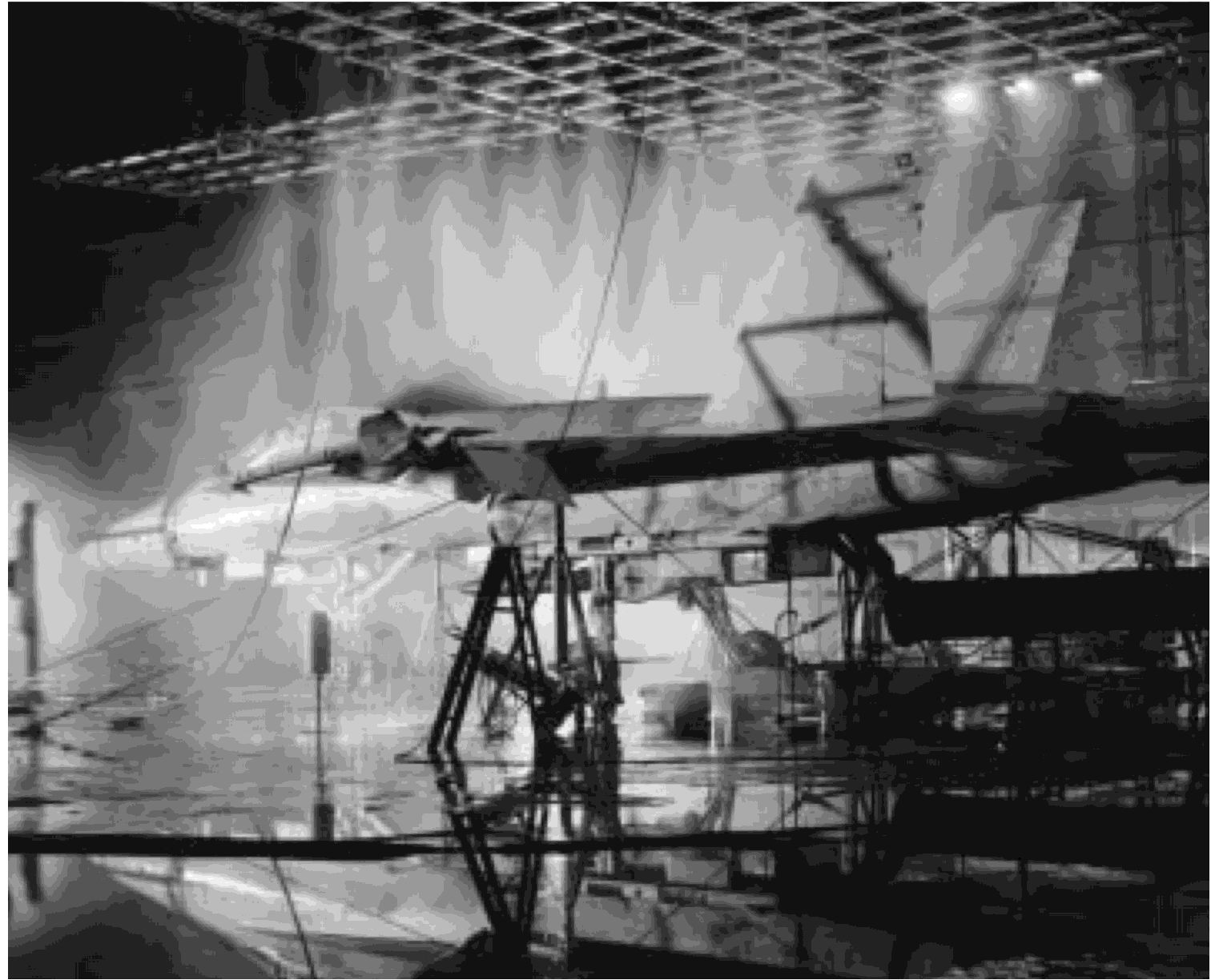
1981-Continued
19 February
VFA-125 became the first squadron to
receive the new F/ A-18 Hornet for fleet operations.
The Hornet was the Navy's newest strike fighter and
had been undergoing extensive operational test and
evaluation at Patuxent River, Md., and by VX-4 at
Point Mugu, Calif. VFA-125's mission was to train
maintenance personnel and pilots for future Hornet
squadrons.
16 March
An A-6 Intruder from VA-lIS on board
Midway
sighted a downed civilian helicopter in the
South China Sea.
Midway
immediately dispatched HC-
1 Det 2 helicopters to the scene. All 17 people aboard
the downed helicopter were rescued and brought
aboard the carrier. The chartered civilian helicopter
was also plucked out of the water and lifted to
Midways
flight deck.
23 March
The F/ A-18 Hornet began climatic testing
by the Air Force's 3246th Test Wing at the McKinley
Climatic Laboratory, Eglin Air Force Base, Fla. The
tests were designed to evaluate the F/ A-18 airframe's
ability to withstand the wide range of temperatures
and climatic conditions which the aircraft would expe-
rience in its everyday operations.
UNITED STATES NAVAL AVIATION
1910-1995
333
12 April
Space Shuttle
Columbia
was launched at
Cape Canaveral, Fla. The first reusable space vehicle
was manned by an all-Navy crew consisting of Naval
Aviators Captain John Young, USN (Ret), and Captain
Robert Crippen. Two days later, after 36 orbits
around the earth, the shuttle returned to earth and
touched down safely at Edwards Air Force Base,
Calif. The vehicle was then prepared for its next
flight into space. The space orbiter was designed to
carry satellite payloads into space and conduct
manned experiments.
13 April
AV-8A Harriers were deployed as a Marine
Air Group aboard an LHA for the first time. Marine Air
Group 32, composed of VMA-231 and -542, began its
Sixth Fleet deployment aboard
Nassau.
15 April
Admiral John S. Thach, one of the Navy's
early fighter tacticians, died. He was commanding offi-
cer of VF-3 when World War II began and was per-
haps best known for developing a two-plane fighter
tactic which proved to be effective against the highly
maneuverable Japanese Zero. This innovation became
known as the "Thach Weave" and was taught to Navy
and Army Air Force pilots alike.
4 May
America
transited the Suez Canal, the largest
warship ever to do so. She was the first U.S. carrier to
travel through the canal since
1 June 1967, when
Intrepid
navigated the waterway.
The F/A-18 Hornet dwjng climatic testing at Eglin AFB, Fla.
19 May
Astronauts Captain
John W. Young, USN (Ret),
and Captain Robert L.
Crippen, USN, were present-
ed medals by the President at
White House ceremonies for
their successful mission on
the first orbital flight of the
Space Shuttle
Columbia.
Astronaut Young received the
congressional Space Medal of
Honor, the seventh person so
honored. Five of the seven
have been Navy or Marine
Corps Aviators.
20 May
TACGRU One and
subordinate commands,
TACRONS 11 and 12, were
established. Their mission
was to perform all functions
relating to tactical control of
aircraft in support of amphibi-
ous operations.
 |
3 |
 |